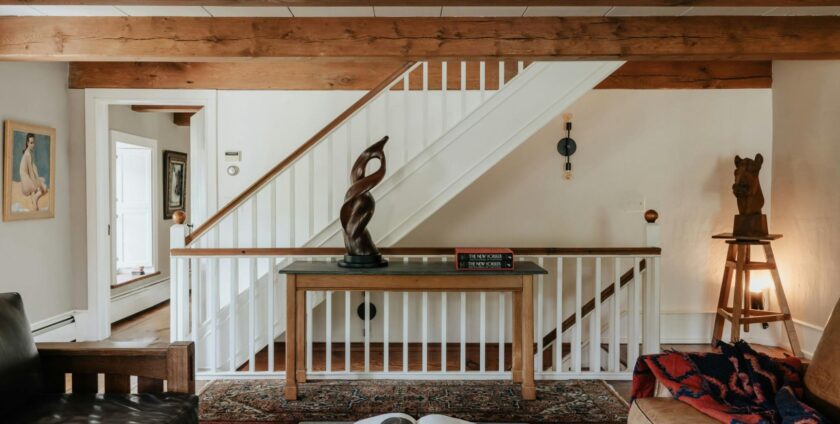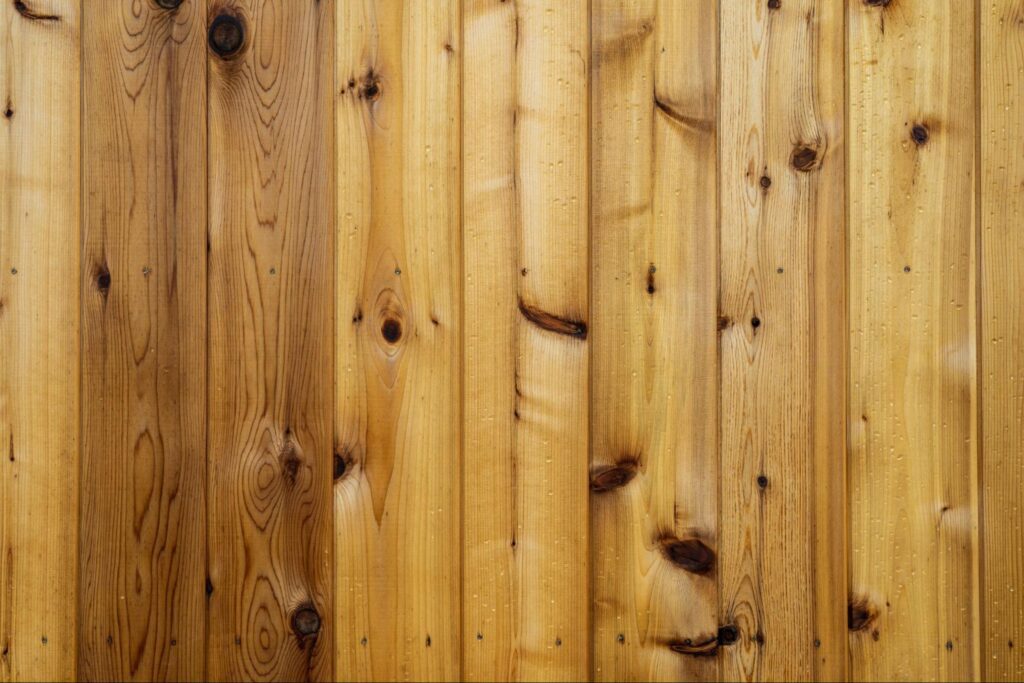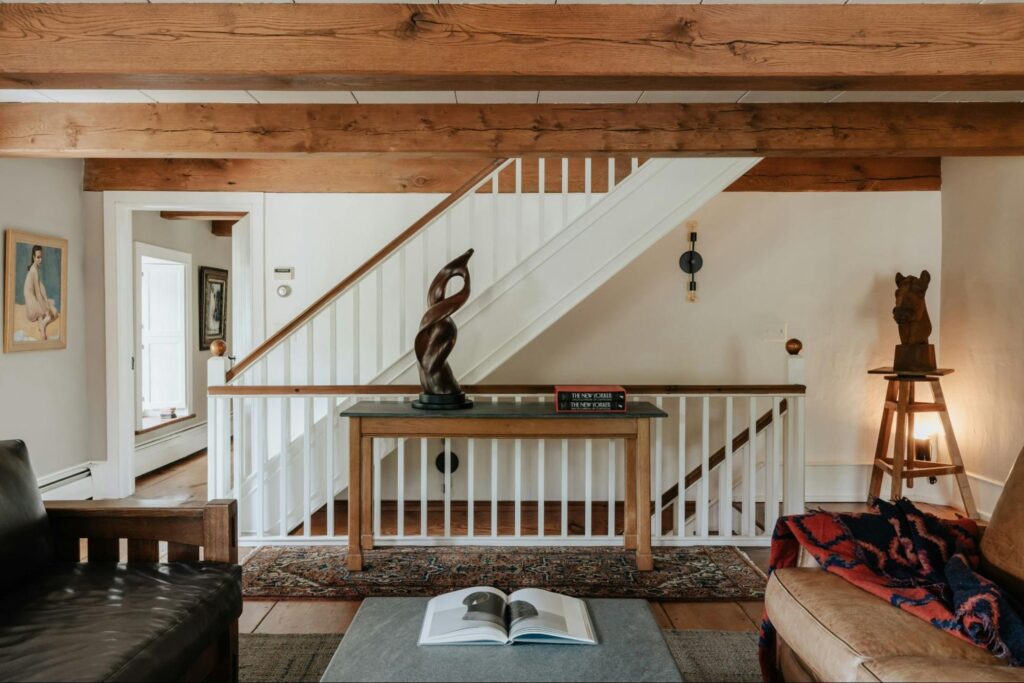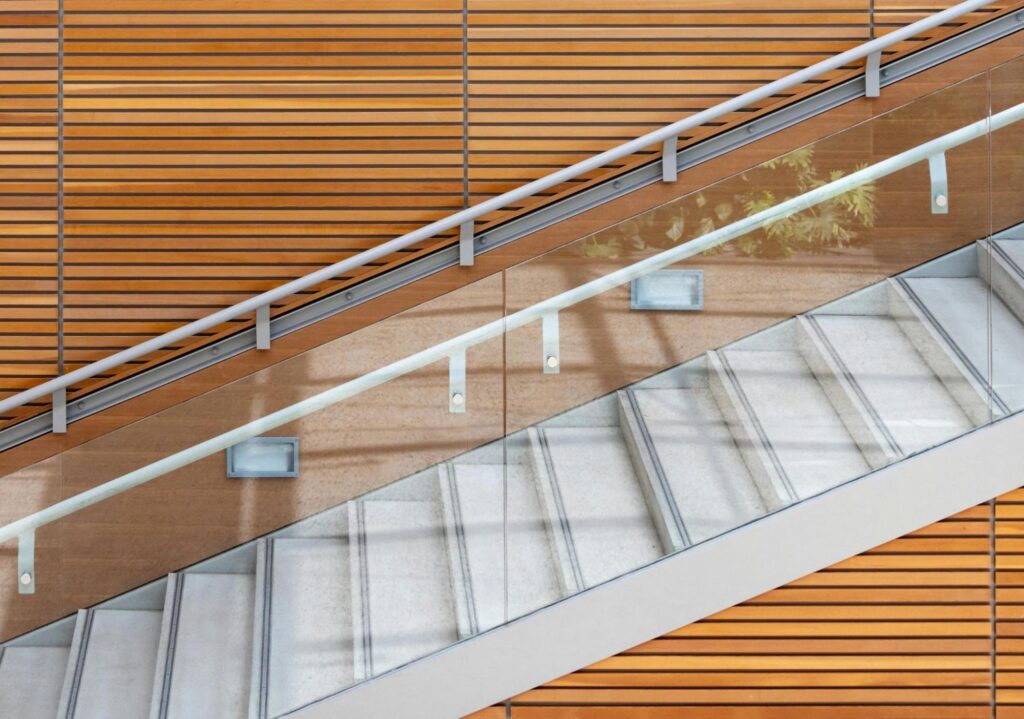
Staircase panelling is one of those design updates that can instantly transform the look of your interiors. A plain stair wall can be turned into a focal point that adds depth, texture, and timeless elegance.
Whether you’re renovating a period property and want to highlight original features or simply looking for a great idea to refresh your hallway, installing wall panels is a project that works for almost every home. With the right materials, tools, and design choices, you can create a look that feels both polished and practical.
From selecting the right style to learning DIY hacks for a flawless finish, this guide covers everything you need to know. We’ll go through the different types of stair panels, the tools you’ll need, and a clear set of steps to achieve a result that will truly transform your staircase area.
Types of Stair Panels You Can Use

Staircase panelling comes in many forms, and the choice you make depends on your budget, your interior style, and the kind of room you’re working with.
Some of the most common types include:
- Traditional MDF Panels – cost-effective, versatile, and easy to cut to length or width, MDF is a favourite for panelling projects in living rooms, hallways, and stairs.
- Pre-Cut Wood Strips – for homeowners who prefer easy installation, pre cut wood strips and panelling kits save time and reduce mistakes. They come in a range of textures, widths, and finishes.
- Raised or Moulded Panels – ideal for interiors with more classic character, raised moulding and dado rail details add a polished look to the stair wall.
- Shaker Style Wall Panels – known for clean lines and durable simplicity, this option suits both modern and traditional interiors.
- Full Wall Paneling – if you want to create a seamless space, full panels can cover the entire wall surface, adding insulation, soundproofing, and texture.
Each type offers different benefits. Panels made of wood bring natural warmth, while MDF is lightweight and cost-friendly. Decorative rails add depth and style, while kits simplify the process for first-time DIY enthusiasts.
If you’re working on a budget, combine MDF sheets with thin moulding strips to mimic the look of raised panels without the cost of custom joinery.
If you have hidden under stairs storage, you can add paneling to the door to blend it with the whole design and make it virtually invisible.
Tools and Equipment You WIll Need
Before starting, gather the correct installation materials and tools. Having everything ready ensures a smooth process and reduces the chance of leaving gaps or uneven finishes.
Typical items you’ll need include:
- Tape measure and pencil (for marking lengths, widths, and angles)
- Spirit level (to keep panels straight);
- Saw or jigsaw (for cutting MDF or wood);
- Adhesive and nails/screws (to attach panels to the wall);
- Panelling kits or pre cut wood strips;
- Dado rail and decorative moulding if required;
- Sandpaper or sanding block (to smooth edges);
- Damp cloth (for wiping dust before painting);
- Primer, paint, and rollers or brushes;
- Safety gear: gloves, goggles, and mask.
Keep a small basket or box nearby with your tape, pencil, and level so you don’t lose them mid-project. It speeds up the installation enormously.
Having the right tools prepared is like laying the foundation – it ensures your project runs smoothly.
Stair Panelling: How to Do It Correctly

Once your tools and installation materials are ready, it’s time to begin.
Staircase panelling requires careful planning, accurate measuring, and patience, but the results can completely transform the staircase area.
Plan Your Work
Start by assessing the hall and stairs where you plan to add panelling. Consider how the panels will look alongside nearby rooms – for example, matching wall colours with the living room or bedroom for continuity.
Think about interior design: do you want a sleek modern look with minimal texture, or a more traditional feel with decorative rails and moulding?
Use masking tape to outline your panel design directly on the wall before cutting any materials. This gives you a life-size preview and helps you see whether the spacing feels right.
Select Your Panel Design and Materials
Choosing the right materials is key. MDF panels are strong and easy to cut, while wood panels provide warmth and a natural texture. Kits with pre-cut wood strips are perfect for an easy installation.
Staircases are high-traffic spaces, so opt for tones that are timeless and durable such as:
- Soft greys and off-whites for light, airy hallways.
- Navy or deep green to make a dramatic feature in a stair wall.
- Two-tone panelling (dark on the bottom, light on top) to visually expand the space.
If you want your panelling to flow naturally into the upstairs area, continue the same paint colour or dado rail onto the landing walls. It ties the interiors together.
If you plan on adding a stair carpet, make sure to plan ahead and pick cohesive colours and prints. That way the carpet can complement the new panelling even more.
Measure the Paneling Angles and Spacing
Accurate measurement is crucial. Use your tape to mark width, length, and spacing. Stairs create tricky angles, so double-check at the upstairs landing.
One useful trick to try is to cut a cardboard template of a stair angle to quickly replicate cuts instead of re-measuring every step. This ensures consistency and avoids awkward gaps.
Prepare the Staircase Surface
Before attaching, clean the wall surface thoroughly. Wipe with a damp cloth and patch holes. Sand until smooth for better adhesion.
If your walls are uneven, glue thin MDF backing boards first. This creates a flat base for attaching the visible panelling.
Mark Panels on the Wall
Draw guidelines directly on the wall where each panel will be installed. For easy installation, work with small sections at a time, ensuring your angles align correctly.
Marking before cutting allows you to adjust spacing and maintain symmetry along the entire staircase area.
Cutting and Installing the Panels
Cut your MDF panels or pre-cut wood strips to size. Attach with adhesive and nails, checking each piece with a spirit level. Start from the bottom and move upwards for consistency.
To speed things up, apply adhesive in a zig-zag pattern instead of straight lines. It grips better and reduces the chance of panels coming loose later.
Add Decorative Boards and Rails
Adding a dado rail or moulding elevates the design. Use them to frame panels or separate two colours of paint.
Try painting the rail in a contrasting colour (for example, white panelling with a black dado). It creates a striking focal line that guides the eye along the stairs.
Prime and Paint the Wood
Sand rough edges for a smooth base. Apply primer, then two coats of paint in your chosen colour.
Good colour combinations for staircases include:
- Charcoal panelling and crisp white walls for modern elegance.
- Olive green panelling and warm cream walls for cosy interiors.
- Dusty blue panelling and natural wood rail for a coastal vibe.
Use a foam roller for large surfaces and a brush for moulding. This gives a flawless finish with fewer visible strokes.
When to Use Professional Panelling Services

Although staircase panelling is a manageable DIY project, some situations call for professional help. If your staircase area has awkward angles, uneven walls, or you want a highly durable installation, a trained expert can ensure everything is installed correctly.
Professionals have access to a wider range of materials, styles, and panelling kits, and can guarantee a polished result that blends seamlessly with your interiors.
Hiring a specialist is also a great idea if you want to preserve original features of a period property while modernising the space.
Conclusion
Staircase panelling is one of the most effective ways to transform a hall or stair wall. With the right tools, materials, and careful planning, you can create stylish interiors that reflect your personality while adding value to your home.
Whether you opt for MDF panels, pre-cut wood strips, or full wall paneling, the process is straightforward and rewarding. From planning and measuring to painting and decorating, every step helps you achieve a smooth, professional look.
If you want guaranteed durability and a flawless finish, consider contacting professional installation services. With expert guidance, your staircase can be transformed into a space that is both functional and stylish.
Frequently Asked Questions
What type of panels are best for staircase panelling?
MDF panels are the most popular option because they’re cost-effective, versatile, and easy to cut. For homeowners looking for an easy installation, pre-cut wood strips or panelling kits are also excellent choices. If you prefer a more traditional look, adding moulding and a dado rail can give your stair wall a polished and timeless style.
Can I install staircase panelling myself, or do I need a professional?
Yes, you can install staircase panelling yourself if you’re comfortable with basic DIY tools and careful measuring. The process involves preparing the wall surface, cutting panels to the right length and angles, and attaching them securely. However, for complex stairs, awkward gaps, or when preserving original features, using a professional installer is a great idea to guarantee a flawless finish.
What colours work best for painted stair panels?
Neutral tones like soft grey, cream, or white work well in hallways to make the space feel larger and brighter. Darker colours such as navy, charcoal, or deep green create a dramatic focal point on the staircase. For a more creative look, try two-tone panelling—using a darker shade below a dado rail and a lighter shade above to balance the room and add depth.

